The term “sustainable”, can be depicted as something that is “able to be upheld or defended and sustainable development is the development that could be maintained over time with safeguarding of people and environment. SD is defined as “development that meets the needs of the present without compromising the ability of future generations to meet their own needs.” The understanding of needs goes beyond simply materialistic needs and ranges to values, relationships, freedom to think, act, and participate, all accounting to long living, morally, and spiritually.
The Sustainable Development Goals succeeded the Millennium Development Goals (MDGs) to complete unfinished business and include goals. In September, 2015 UN member states signed and articulated a new global development agenda to eradicate poverty, education, health, the environment, inequalities, and peaceful and inclusive societies and shift the world onto a path of sustainable development by 2030 with universal aim that is applicable to all countries, not just developing countries and they call for integrate cross-sectoral solution, environmental & socioeconomic goals. The SDG framework involves key systemic barriers to sustainable development, such as inequality, unsustainable consumption patterns, weak institutional capacity, and environmental degradation (ICSU, ISSC, 2015).
Through an inclusive process of intergovernmental negotiations, and based on the proposal of the Open Working Group on SDGs, 17 SDGs and 169 targets have been agreed. The framework of progress measure that shapes the SDGs is depicted by 5P strategy, which includes:
1) People: end poverty and hunger in all forms and ensure dignity and equality
2) Prosperity: ensure prosperous and fulfilling lives in harmony with nature
3) Peace: foster peaceful just and inclusive societies
4) Partnership: implement the agenda through a solid global partnership
5) Planet: protect our planet’s natural resources and climate for future generations
As the political struggle for people’s democracy being over with attainment of federal democratic republic Nepal, three different levels of government, the challenge is now to meet the aspirations of Nepali people to develop and prosper with high economic growth, social justice and empowering its citizens. The initiatives to formulating long term visions and strategies for development at the government and political levels are indicative of the country’s focus towards this direction and achieving the slogan “Happy Nepali, Prosperous Nepal”.
National Planning Commission endorses 15th periodic plan in March, 2019, including 22 ongoing national pride projects, 18 new transformative projects and 177 high priority projects with target to achieve a minimum average economic growth of 9.4 per cent per annum in the next five years. Similarly, target has been set to raise the annual per capita income (PCI) of people to $1,595 from the existing $1,047 within the next five years whereas forecasting the target to raise PCI to $12,100 in next 25 years i.e. in 2034 or 2100 in BS.
Nepal excepts to promote from the LDC status to a developing country status by 2022 and further to a middle-income country by 2030 which is also the ending of SDGs target date. It is likely to meet two (human assets and economic vulnerability) of the three criteria for graduation but is likely to slip off in threshold per capita income criteria. Thus, the priority being accorded in plans and budgets is to achieve an economic growth of more than 7 per cent per annum, at the meantime, we along with world has experiencing COVID-19 pandemic which surely make even more difficult towards this.
Targets and Indicators for Sustainable Development Goals (Nepal’s SDGs baseline Report,2017)
SDG 1 targets for 2030 are to reduce extreme poverty to less than 5%, reduce poverty gap to 2.8 percent, raise per capita income to US$ 2,500 & raise social protection budget to 15 percent of total budget.
SDG 2 include reduction in prevalence of under nourishment (measure of sufficiency of access to food) to 3 percent and prevalence of underweight children under five years of age to 5 percent by 2030.
SDG 3 targets include reduction of MMR to less than 70 per 100 thousand live births by 2030 which is in line with the global target. The child health targets include reduction of preventable death of newborn and children to less than one percent. However, for overall newborn and U5 mortality rates, the targets are to reduce them from 23 and 38 per thousand live births in 2015 to 10 and 22 respectively by 2030. The other targets include almost elimination of the prevalence of HIV, TB, Malaria and other Tropical Diseases, and water borne diseases.
SDG 4 include 99.5 percent net enrollment and completion of primary education, and 99 percent gross enrollment in secondary education by 2030. The other targets are: 95 percent of students enrolled in grade one to reach grade eight and elimination of gender disparities in tertiary education.
SDG 5 are elimination of wage discrimination at similar work, elimination of physical/sexual violence, eliminating all harmful practices, such as child, early and forced marriage and chhaupadi, increasing seats held by women in the national parliament to 40 percent, and increasing women’ proportion in public service decision making positions by nearly 4 folds to7.5 percent of total employees in 2030 from2 percent in 2015.
SDG 6 include basic water supply coverage to 99 percent of households and piped water supply and improved sanitation to 90 percent of households. Other targets are to free99 percent of the communities from open defecation, to reach 95 percent of the households with improved sanitation facilities which are not shared, and to ensure 98 percent of the population using latrine.
SDG 7 include accessibility of 99 percent households to electricity, reduction to 10 percent -from nearly 75 percent now – the households who resort to firewood for cooking, increase per capita electricity to 1500 kwh and decrease the commercial energy use per unit of GDP from 3.20 ToE/mRs in 2015 to 3.14 ToE/mRsin 2030.
SDG 8 target for 2030 is to achieve per capita GDP growth of 7 percent, to maintain the growth of agriculture to about 5 percent and that of construction to 15 percent; reduce material intensity in manufacturing to 60 percent; lower underemployment to less than 10 percent; and to eliminate the worst form of child labor.
SDG 9 targets for road are to increase road density to 1.5 km/sq km and paved road density to 0.25 km/sq km and to connect all the districts, municipalities and village councils by road. For industries, the targets for 2030 are to increase the share of industry to 25 percent so as to promote labour intensive activities and to raise employment in manufacturing to 13percent of the total employment.
SDG 10 are to reduce consumption inequality (index) from 0.33 in 2015 to 0.16 by 2030 and to reduce income inequality from 0.46 to 0.23 at the same time period. The PALMA index is targeted to improve from 1.3 to 1 in the same period.
SDG 11 target is to make at least 50 percent of the urban road to be safe from global standard. Besides, the proposed specific targets for 2030 include doubling the proportion of households living in safe houses; substantially reducing air pollution, preventing the deaths and injuries due to disaster, repairing and reconstructing, by 2020, all cultural heritages destroyed by earthquake.
SDG 12 target for land to be available for cereal production by 2030 is set at 75 percent of all cultivated land. Consumption of wood is proposed to be not more than 0.05 m3per capita per year by 2030 from to 0.11 m3per capita per year in 2015. Use of plastic per capita which was 2.7 gram per day in 2015 is proposed to be almost v zero by 2030. Similarly, the post-harvest loss of food is targeted to be less than 1 percent by 2030 from 15 percent in 2015.
SDG 13 are making half the existing CO2 emission level including from transportation, industrial, and commercial sectors. Consumption of ozone depleting substance is targeted to reduce to one third of the existing level. In the meantime, climate smart villages are proposed to be 170 and climate smart farming to be 500 units by 2030 from zero at present. Almost all the schools will be covered by climate change education and the number of trained persons (local planners) for climate change planning would reach 3 thousand.
SDG 15 are to maintain conservation area at 23.3 of the total land area, increase forest under community management from 39 percent to 42 per cent of the forest area, halt forest loss and degradation, increase mountain ecosystem covered by the protected area to 70 percent in 2030 from 68 percent in 2015, and undertake additional planation of 5000 ha per annum.
SDG 16 include ending death from violent conflict, violence against women, and violence against children, improve transparency and accountability score from a scale of 3 at present to 5, and good governance scale from (–) 0.78 to 2.0 in a scale of –2.5 to 2.5. The 2030 targets also include eliminating marriage before the age of 18 years, 100 percent birth registration, 80 percent voter turnout in elections, and access to justice for all.
SDG 17 is for all the stakeholders to adhere to – ranging from resource mobilization and capacity development and accountability to shared responsibility. The target for revenue collection for 2030 is set at 30 percent of GDP. Domestic expenditure financed by domestic revenue is targeted to reach 80 per cent from 76 percent in 2015. For meeting the private sector investment financing gap, foreign direct investment (inward stock) is targeted to increase to 20 percent of GDP in 2030 from less than 3 percent in 2015.
Issues and Challenges in SDGs Implementation
The SDGs are ambitious and challenging goals that requires huge resources as well as capacity enhancement to achieve them in 11 years’ time from now. Though, SDGs are not stand-alone goals, achievement of one goal has implications to the achievement of several other goals set out by Nepal Government i.e. 2100 BS goals. Need of budget audit in respect to every periodic plan from SDGs perspectives.
Prioritization should be done in ranks such as priority one, priority two and priority three which can be done with betterment within the targets and indicators, guiding by financing and resource allocation. Along with the Government, the non-government organizations, cooperatives and community sectors can finance some of the SDGs through resource mobilization at the community level. The private sector can mobilize equity and debt from the domestic market as well as through Foreign Direct Investment for financing the SDGs which could be implemented in business model and international support must be led and reinforced by the national government so that capacity constraints do not impede the achievement of SDGs despite commitments, resource availability and willingness to carry forward the agenda. Strong monitoring system with credible data base is crucial to the success of SDGs. The existing statistical system is marred with various problems such as data sources spread over multiple windows and other than census and economic surveys, social and governance related surveys being outside the purview of CBS. Data revolution taking place due to technological changes, evolution of big data and growing trend of open data system is yet to evolve.
Can we achieve Sustainable Development?
Despite of difficult circumstances in which various developing countries currently find themselves in, SD is achievable, however, it would require a lot of concentrated and coordinated & combined effort. If appropriate supply-demand side policies, such as practical, education and vocational programs & techniques are to be implemented, illiteracy rates would drop and people could be more aware about the social, environment surroundings and which could contribute significantly to a rise in environmental, social and economic awareness. In addition to this, an appropriate government, which prioritized the growth of GDP measured by the usual methods, would have to come into power and uses of budget efficiently in order to invest in green energies, health services, and benefits systems, amongst others.
Surely, this is only touching the tip of the iceberg, nevertheless, it displays very well that SD is achievable and straightforward, however, each of the steps underlined above are very difficult to get. To sum up, sustainable development is obtainable, however, it is only achievable is every person in every field, like governmental or non-governmental are dedicated to achieving it. The future may not be bright for Nepal, since only 10-11 years remained for SDGs, nevertheless, there is a future in store for the country and it is up to the government, Nepali citizens and the international community to decide how it pans out.
Civil Engineer, Department of Roads, Government of Nepal

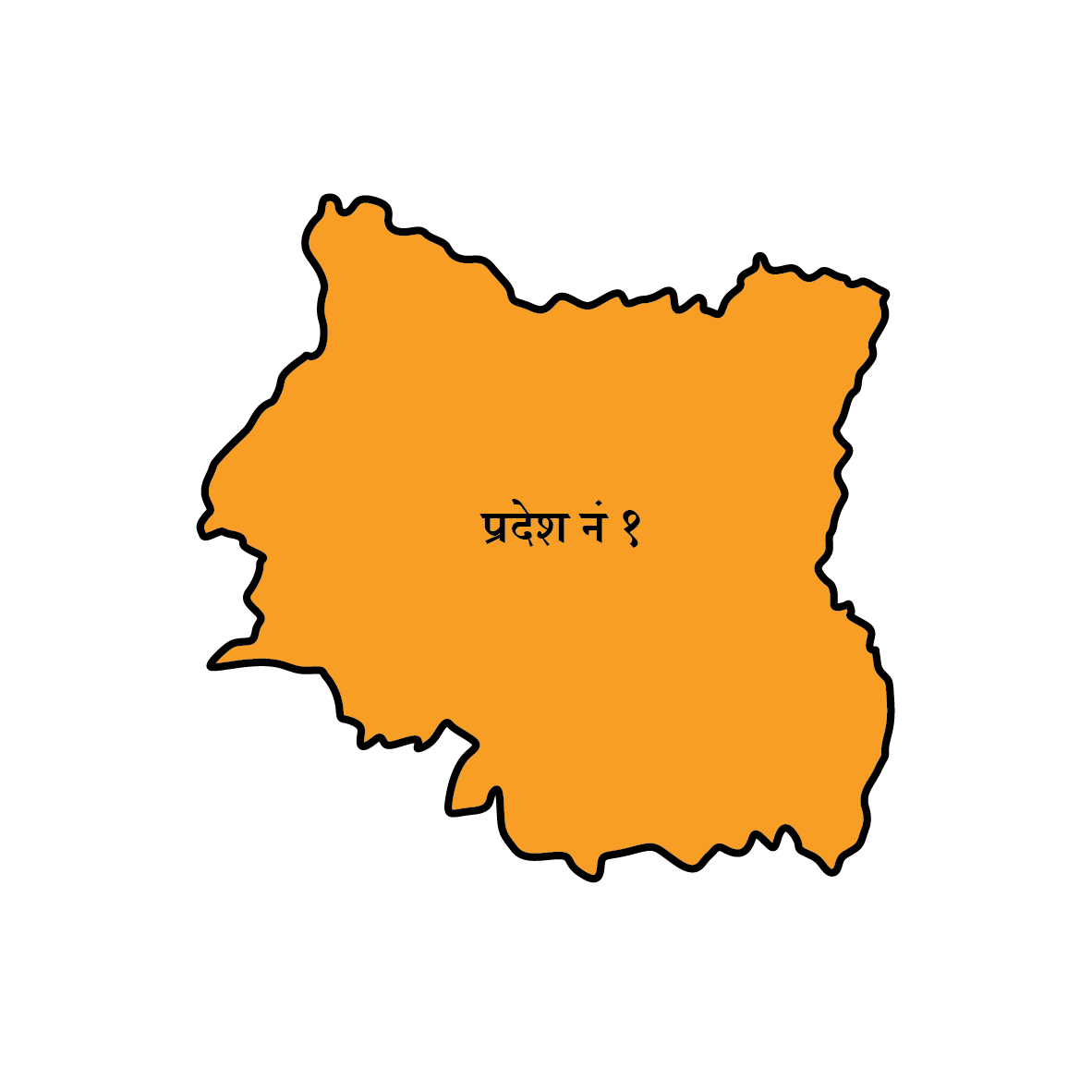 कोशी प्रदेश
कोशी प्रदेश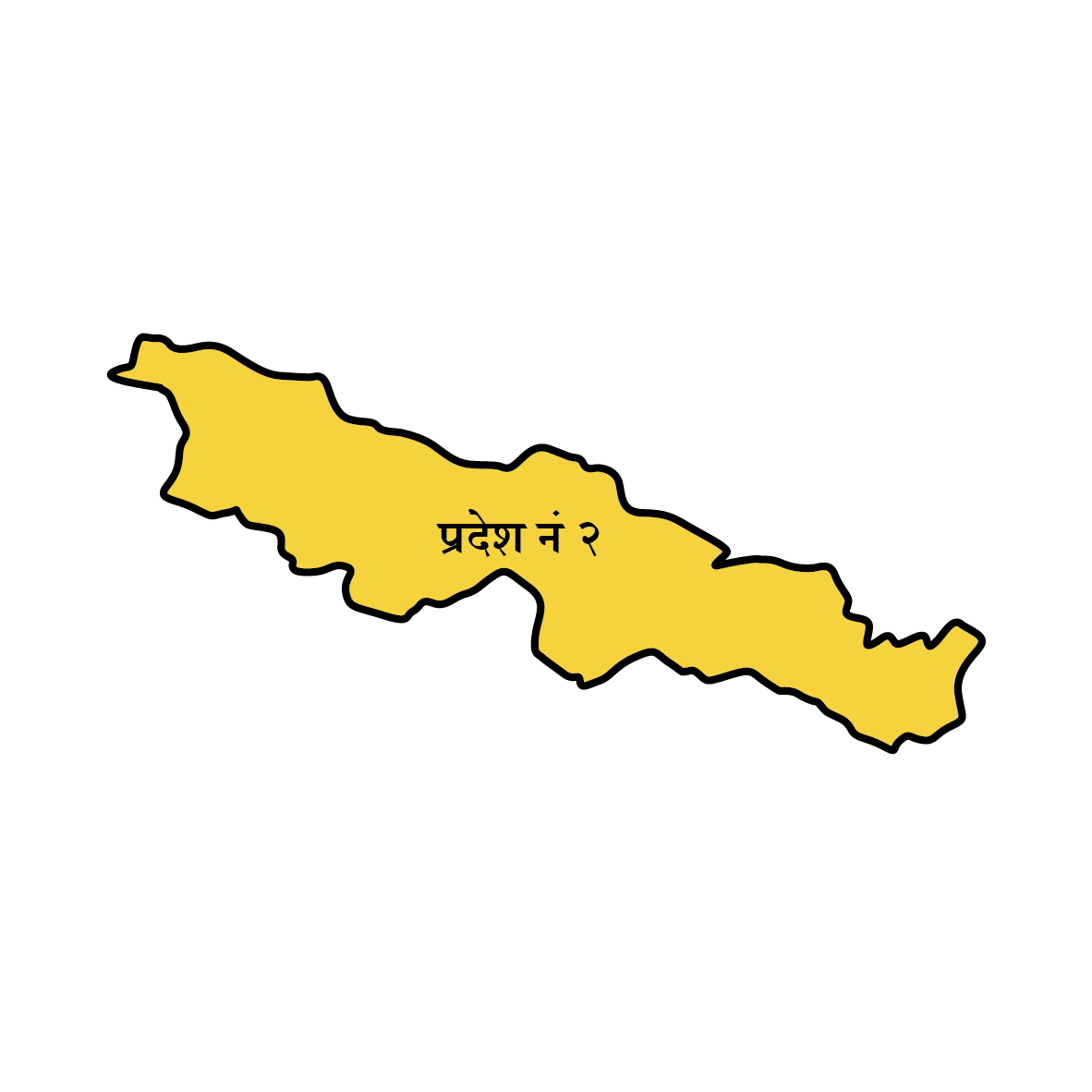 मधेश प्रदेश
मधेश प्रदेश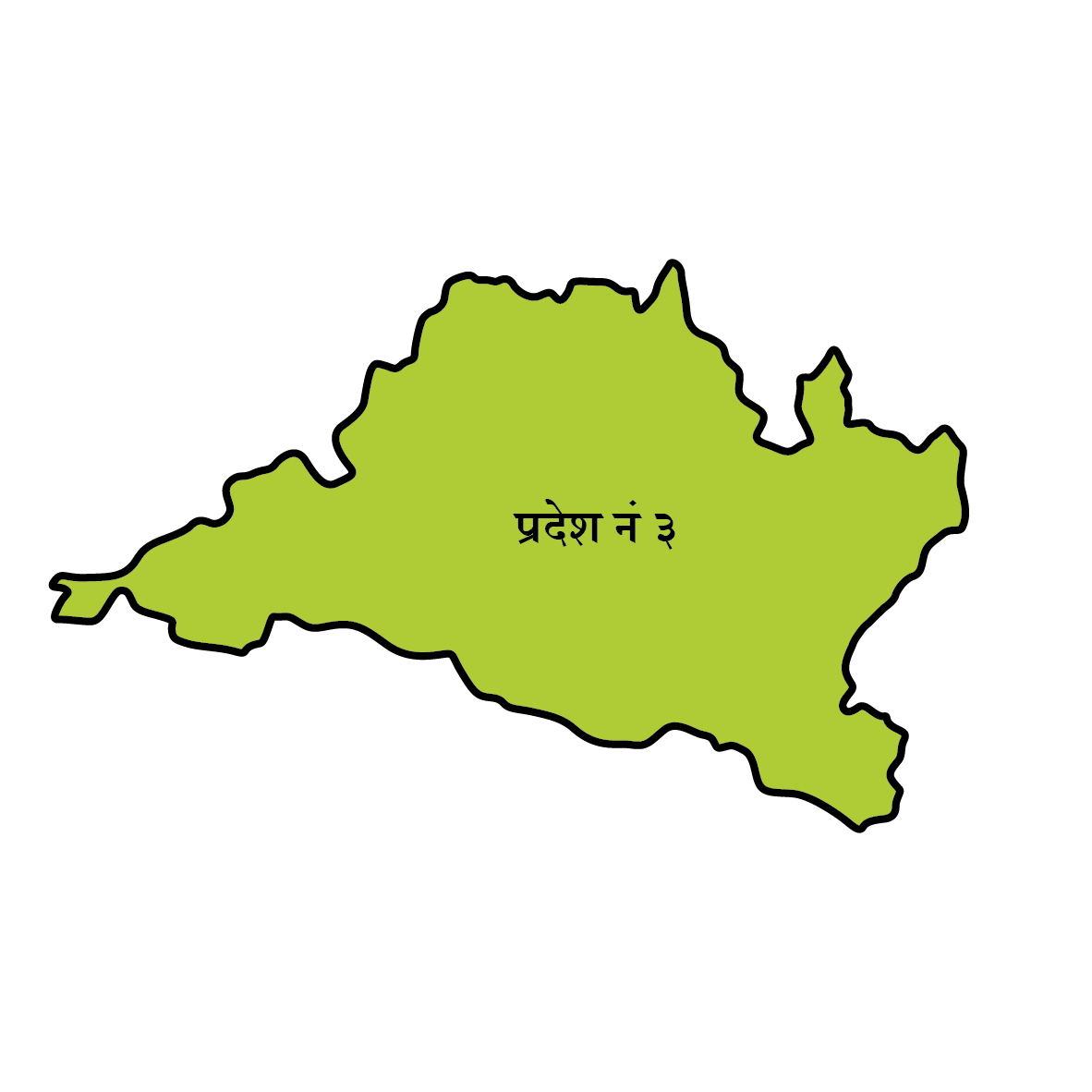 बागमती
बागमती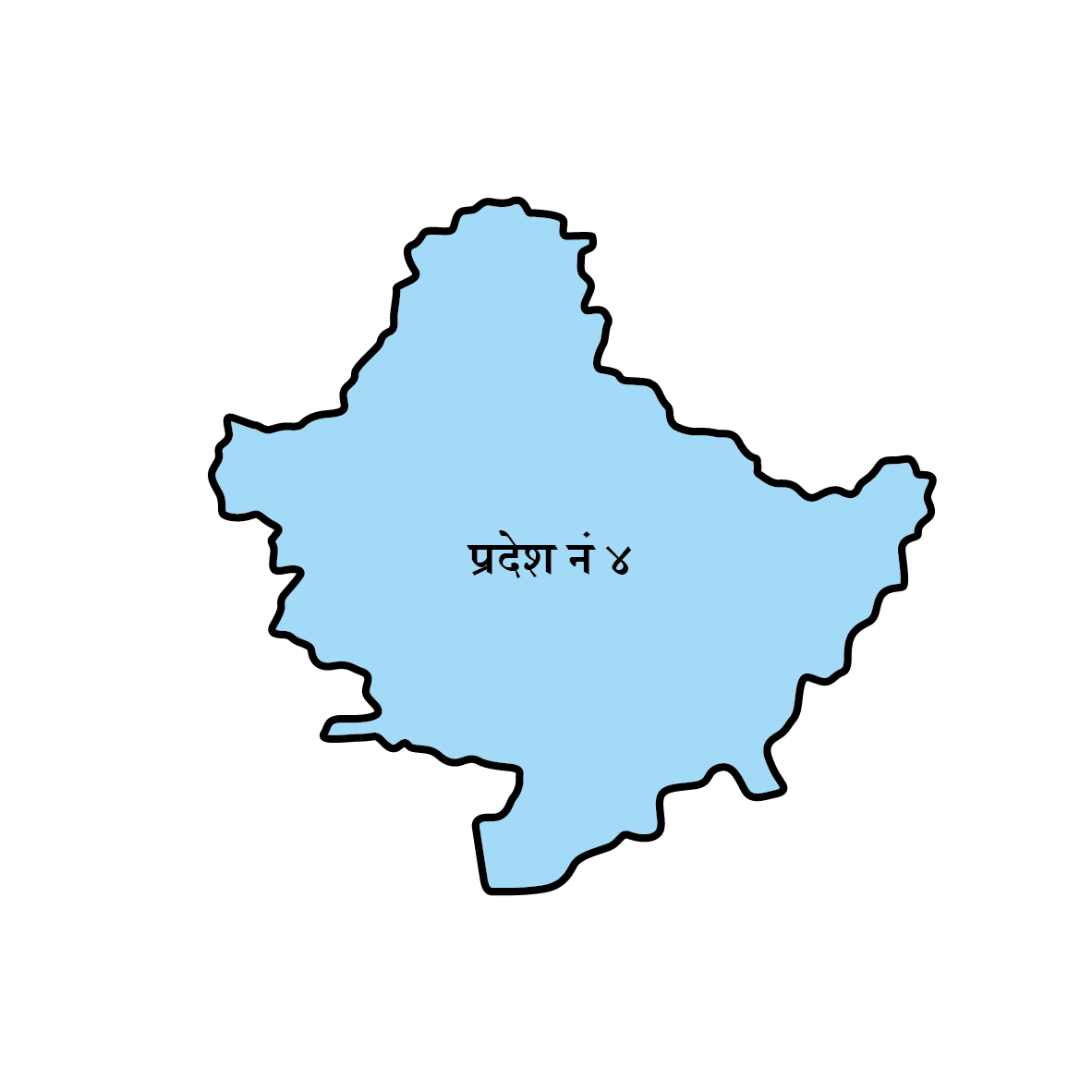 गण्डकी
गण्डकी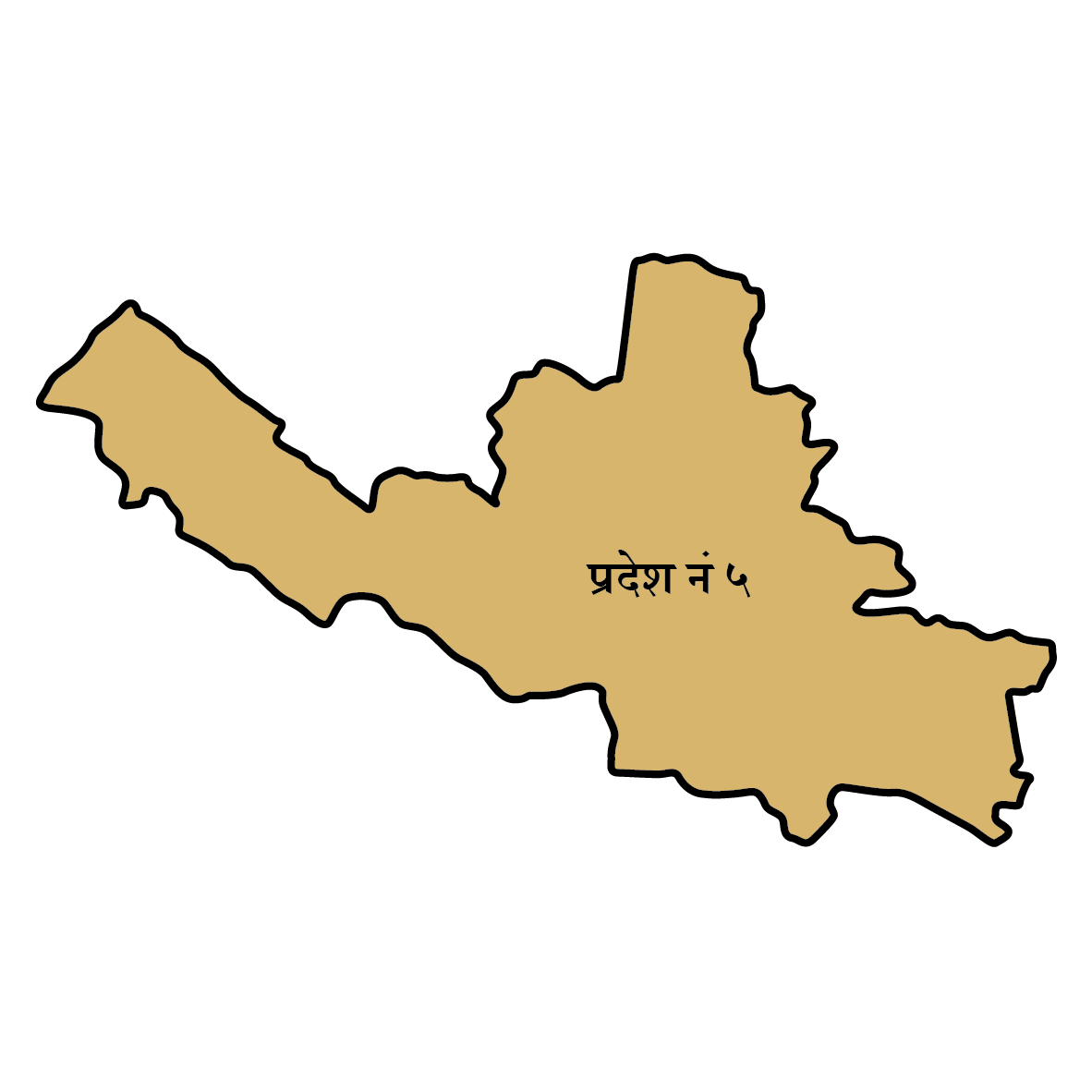 लुम्बिनी
लुम्बिनी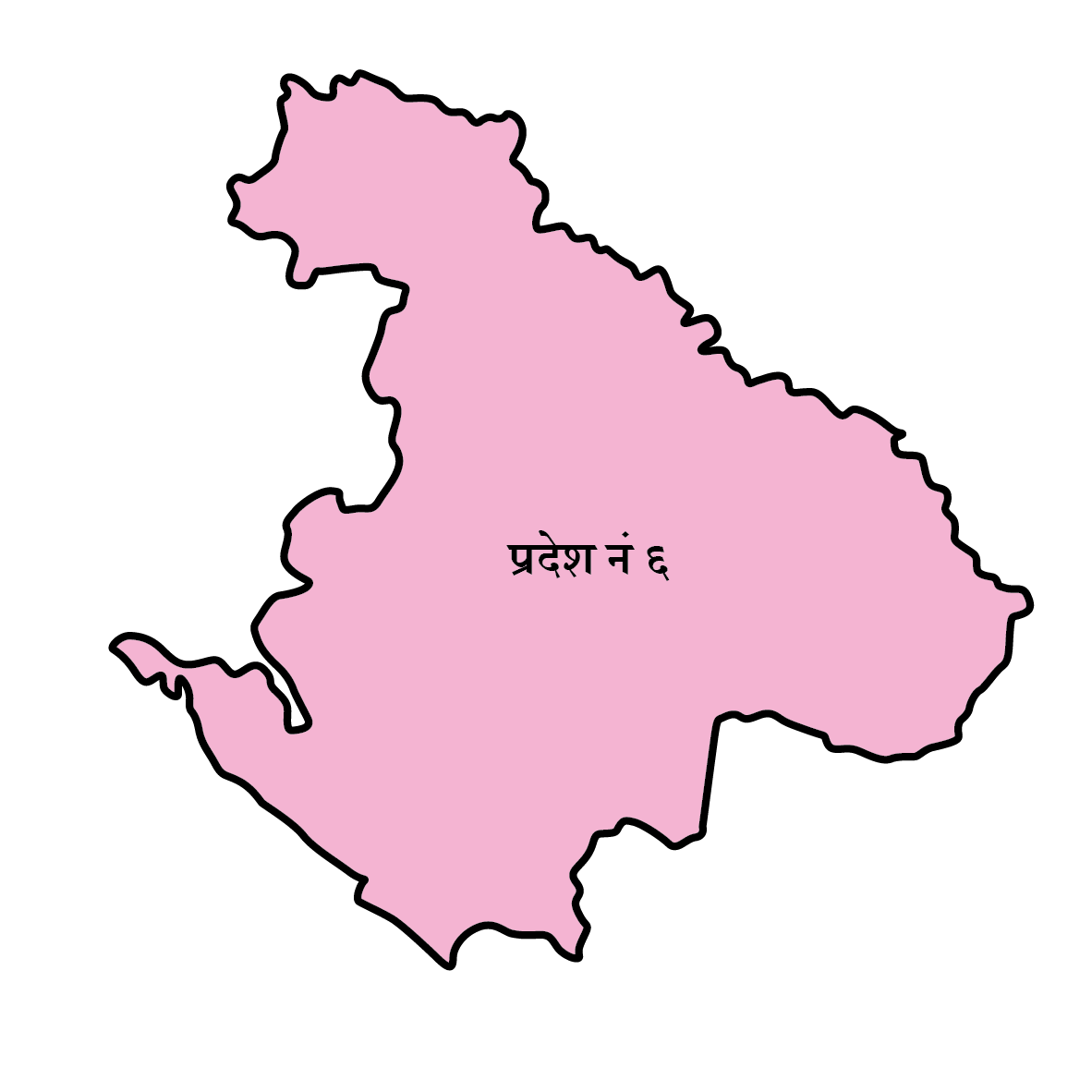 कर्णाली
कर्णाली 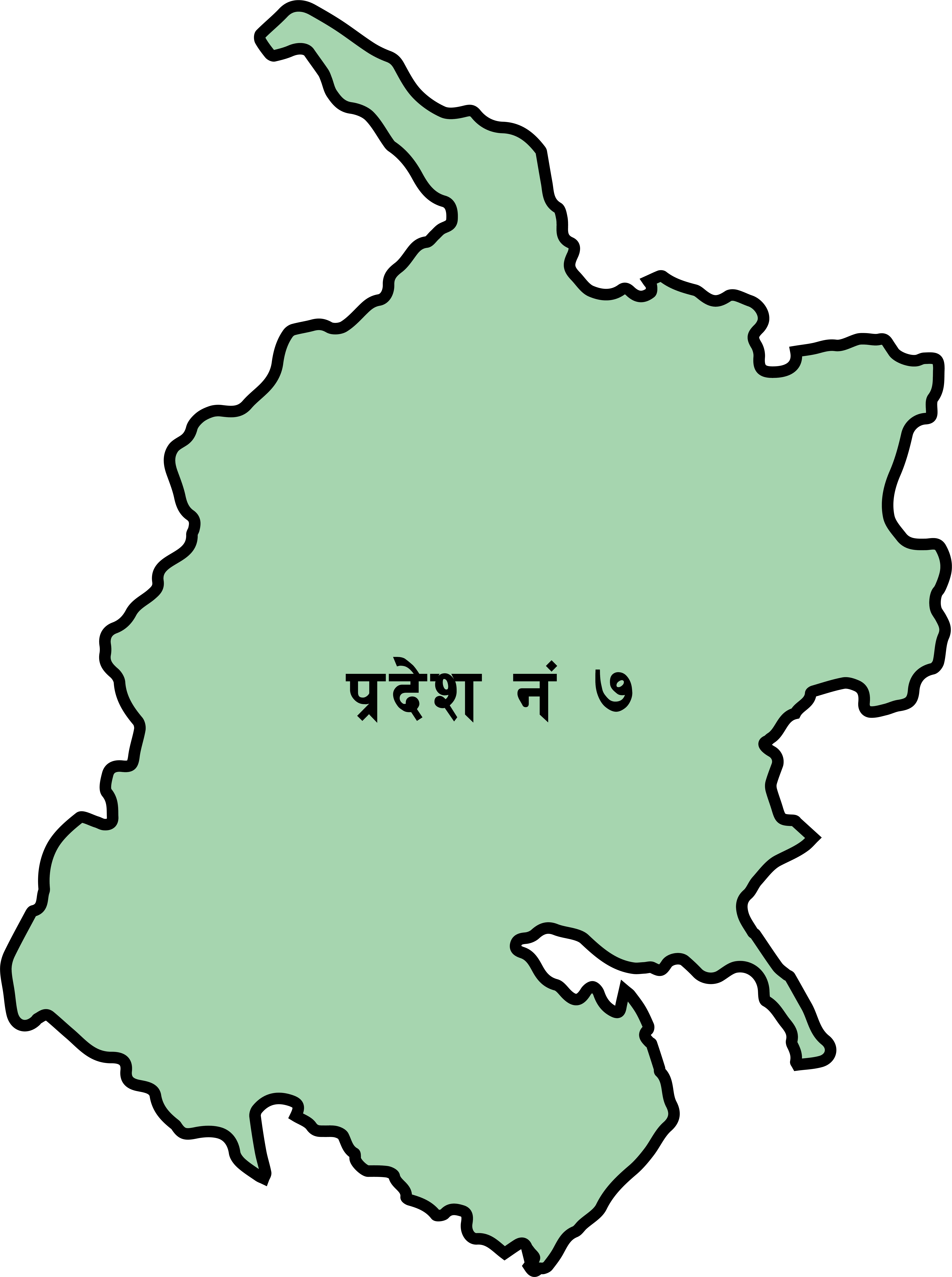 सुदूरपश्चिम
सुदूरपश्चिम
















